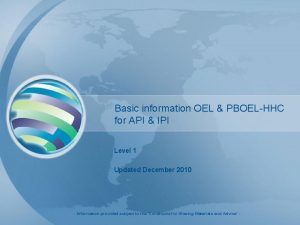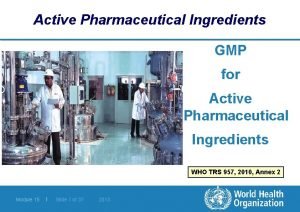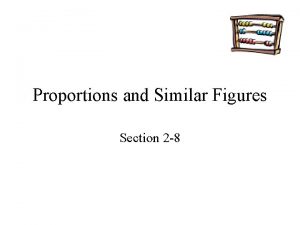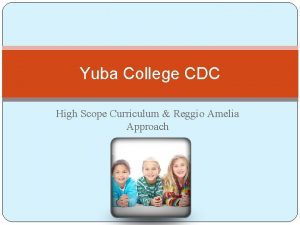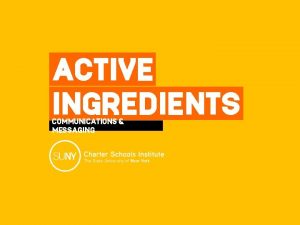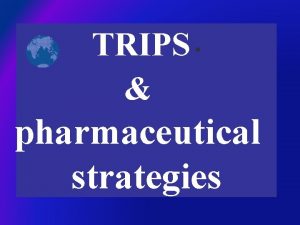equivalence pharmaceutical equivalentsdrugs must have same active ingredients





- Slides: 5

equivalence • pharmaceutical equivalents---drugs must have same active ingredients, in same strength, in same dosage form, same Rof. A. Inactive ingredients can vary. • pharmaceutical alternatives---they have same moiety(chemistry) but different salts, esters. tetracycline HCl vs tetracycline phosphate • bioavailability----measures rate and extent to which active ingredient is absorbed from a dosage form and becomes available at site of action.

equivalence • bioequivalent drug products---describes pharm equiv or pharm alternative products that have comparable bioavailability when studies done under similar experimental conditions. not much difference in rate and extent of absorption. • therapeutic equivalents---drugs must be pharmaceutical equ and bioequivalent. FDA says drugs are equivalent if • 1 --safe and effective • 2 --pharm equ of same amount active ingredient and standard of purity/quality • 3—bioequivalent • 4 --- adequately labeled • 5 ---in compliance with current good manufacturing practice regulations.

bioequivalence study • used to determine if a second drug is bioequivalent to a standard drug. study includes 24 -36 healthy adults. standard drug is measured in the person then second drug is done. • bioequivalence of results are 20%less to 25%over standard drug bioavailability. (80%-125%) • 20 -25% range is clinically insignificant.

therapeutic equivalence ratings • FDA determines the standard drug. • this is called ‘orange book’ • you can use the book to determine if a product has been tested or approved as their equivalent. • rating A = equiv approved B=not equiv or no comparison found(not to be therapeutically equivalent to other pharmaceutically equivalent products. ) • what are some B rating drugs? --warfarin, digoxin, synthroid. . because dosage is very delicate to work. • DESI---Drug Efficacy Study Implementation. older drugs(1938 -1962) were tested in 1973 and most found ‘ineffective’. Insurance companies usually deny DESI drugs.

Pregnancy categories update • The A, B, C, D and X risk categories, in use since 1979, are now replaced with narrative sections and subsections to include: • Pregnancy (includes Labor and Delivery): • Pregnancy Exposure Registry • Risk Summary • Clinical Considerations • Data • Lactation (includes Nursing Mothers) • Risk Summary • Clinical Considerations • Data • Females and Males of Reproductive Potential • Pregnancy Testing • Contraception • Infertility
